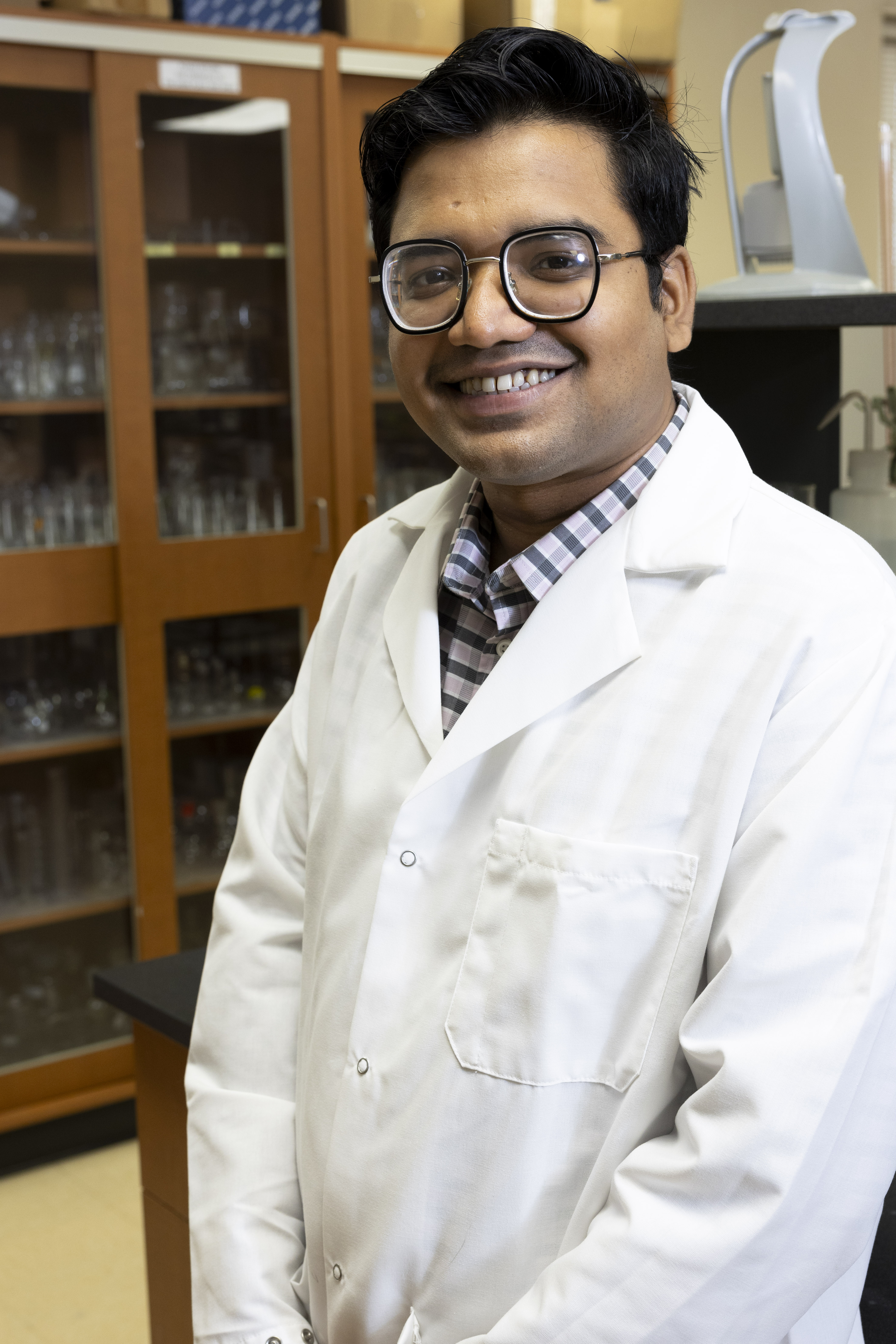2025 AOCS Posters
Protein and Co-Products
Ultrasound-assisted extraction Vs Ultrasound-assisted precipitation: Impact on yield, functional properties, and nutritional profile of rice bran proteins

SAYDUL MD SAFWA
Graduate Research Assistant
University of Arkansas
Fayetteville, Arkansas, United States
Nikitha Modupalli
Postdoctoral research scholar
University of Arkansas
Fayetteville, Arkansas, United States- MR
Mahfuzur Rahman
Assistant Professor
University of Arkansas
Fayetteville, Arkansas, United States
Presenting Author(s)
Co-Author(s)
Justification: While ultrasound-assisted extraction (UAE) is extensively studied, protein-fiber coagulation during precipitation often reduces purity and functionality. This study hypothesizes that applying ultrasound during precipitation disrupts these complexes through cavitation, enhancing protein reorganization, functionality, and overall quality.
Objective: The objective of this study is to evaluate and compare the impact of ultrasound-assisted extraction (UAE) and ultrasound-assisted precipitation (UIP) on the yield, functional properties, and nutritional profile of rice bran protein.
Methods: Defatted rice bran protein was extracted using alkaline extraction (AE) and ultrasound-assisted alkaline extraction (UAE) under optimized conditions (pH 9.5, 400W, 5 minutes) using an ultrasound horn. Protein isolates were precipitated at pH 3.5 using isoelectric precipitation (IP) and ultrasound-assisted isoelectric precipitation (UIP) using a sonication bath. The combinations included AE-IP, UAE-IP, AE-UIP, and UAE-UIP, representing different extraction and precipitation methods. Proteins were freeze-dried and evaluated for functional, structural, and digestibility properties using FT-IR, SDS-PAGE, particle size analysis, and PDCAAS.
Result: The UAE-IP method exhibited the highest protein yield of 65.7%, while conventional extraction yielded 38.9%. The UIP method induced substantial structural modifications, increased β-sheets by 96.8%, and decreased the α-helices by 42.4%. UAE-IP showed no significant change in surface hydrophobicity, while UAE-UIP decreased by 34.7% compared to the AE-IP. Consequently, ultrasound-assisted precipitation showed significantly higher solubility at pH 7. The highest solubility was 20.6 mg/mL by AE-UIP at pH 7. UAE-UIP demonstrated superior emulsion stability and foaming properties. Ultrasound application enhanced protein digestibility, with AE-UIP showing the highest digestibility of 96.91%. However, excessive ultrasound could potentially reduce digestibility. The amino acid profile varied with extraction methods, with AE-IP showing the highest levels of essential amino acids. UAE-IP and UAE-UIP maintained PDCAAS, while AE-UIP lowered it to 0.9.
Significance: This research opens up new opportunities for developing ultrasound-assisted precipitation to improve the functionality and nutritional quality of protein.

.png)